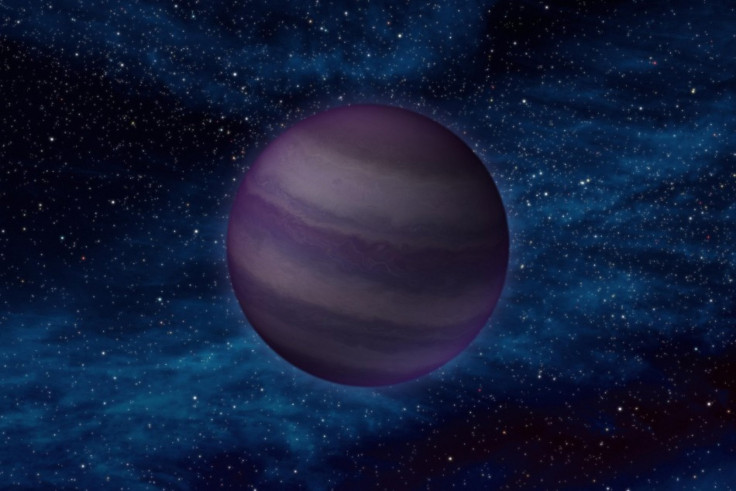NASA'S WISE Mission Identify Coolest Class of Stars

NASA scientists, using data from the Wide-field Infrared Survey Explorer (WISE), have discovered the coldest class of star-like bodies, with temperatures as cool as the human body.
Astronomers hunted these dark orbs, termed Y dwarfs, for more than a decade without success. When viewed with a visible-light telescope, they are nearly impossible to see. WISE's infrared vision allowed the telescope to finally spot the faint glow of six Y dwarfs relatively close to our sun, within a distance of about 40 light years.
WISE scanned the entire sky for these and other objects, and was able to spot their feeble light with its highly sensitive infrared vision, stated Jon Morse, Astrophysics Division director at NASA Headquarters in Washington. They are 5,000 times brighter at the longer infrared wavelengths WISE observed from space than those observable from the ground.
The Y's are the coldest members of the brown dwarf family. Brown dwarfs are sometimes referred to as failed stars.
So far, WISE data have revealed 100 new brown dwarfs. Of the 100 brown dwarfs, six are classified as cool Y's. One of the Y dwarfs, called WISE 1828+2650, is the record holder for the coldest brown dwarf, with an estimated atmospheric temperature cooler than room temperature, or less than about 80 degrees Fahrenheit (25 degrees Celsius).
The Y dwarfs are in our sun's neighborhood, from approximately nine to 40 light years away. The Y dwarf, WISE 1541-2250, approximately nine light years away, may become the seventh closest star system, bumping Ross 154 back to eighth.
Finding brown dwarfs near our sun is like discovering there's a hidden house on your block that you didn't know about, said Michael Cushing, a WISE team member at NASA's Jet Propulsion Laboratory in Pasadena, Ca.
© Copyright IBTimes 2025. All rights reserved.





















